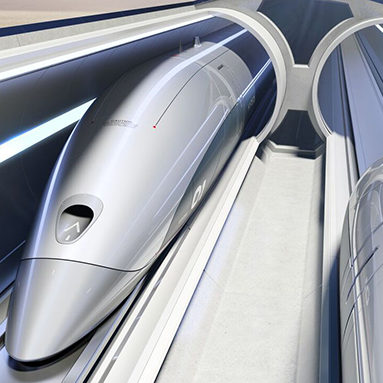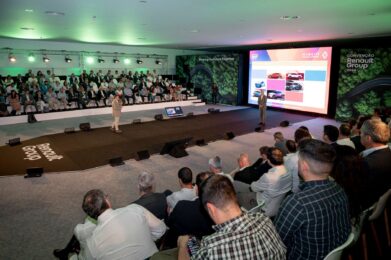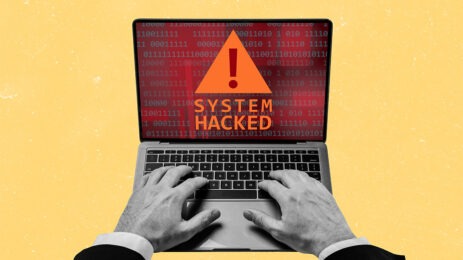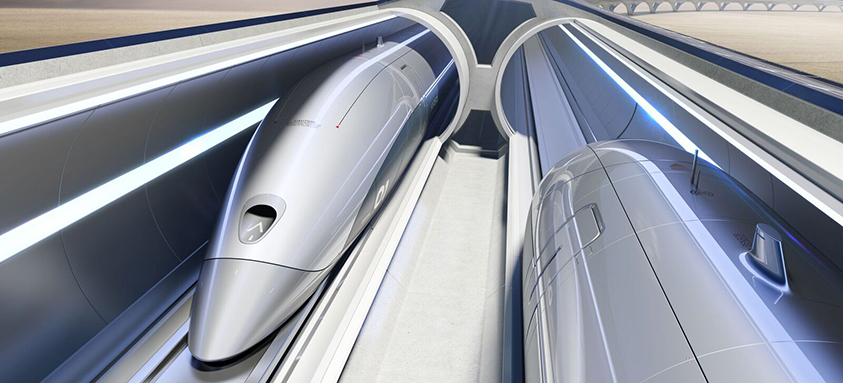
Imagine if attending a meeting in a different city, or even a different state, required nothing more than a quick afternoon trip. It could be possible with hyperloop technology, and recent headlines have caused us to wonder if it really will be the high-speed, eco-friendly transportation answer for the future.
Since entrepreneur and investor Elon Musk first introduced the idea for hyperloop in 2013, multiple companies have been quietly working away, and there have been estimates of general application as early as the mid-2020s.
What is Hyperloop?
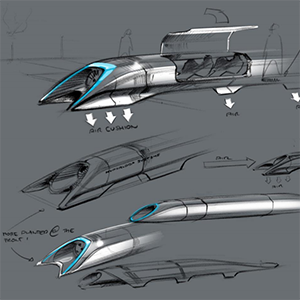
When Musk released his first hyperloop designs to the academic and business community, he requested an open-source process, asking for feedback and collaboration on what he saw as a new, fifth mode of transportation—beyond rail, road, water and air. The first four currently exist in a balance between cost and efficiency. “Hyperloop is a new mode of transport that seeks to change this paradigm by being both fast and inexpensive for people and goods,” Musk wrote.
Utilizing a low-pressure, sealed-tube system, Hyperloop is essentially a much larger-scale version of the pneumatic tubes some buildings use for mail and other deliveries. But using compressed air or magnetic repulsion, capsules can travel through the low-friction environment, carrying passengers at more than 700 mph. If functional, that could shorten the current six-to-seven-hour commute between San Francisco and Los Angeles to a breezy 35 minutes or less.
When it comes to the structural designs of the various capsules, the tubes themselves and everything needed to ensure the trips are completely safe, other companies picked up the baton. The five years since have then seen important, though limited, progress.
More: Hands Off the Wheel: Self-Driving Shuttles Debut in Columbus, Ohio
Who are the Major Players?
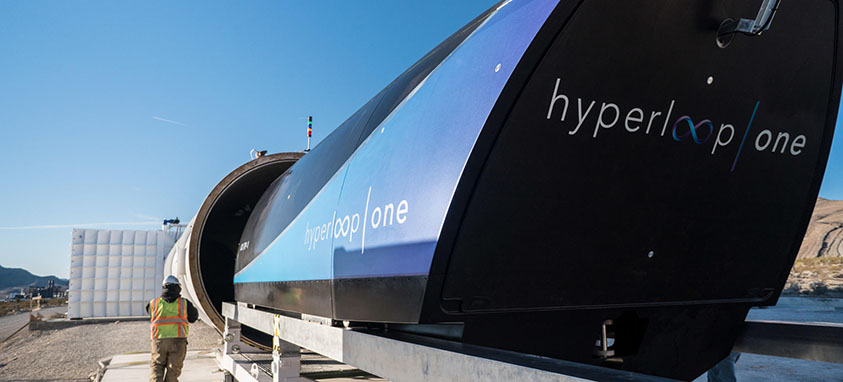
Currently there are three companies working at the cutting edge of the still-embryonic hyperloop industry. Hyperloop One was the first to produce a successful test of the propulsion and levitation technology required for the system to work. In December, seven months after that initial test, the company entered a partnership with Virgin, making the company officially Virgin Hyperloop One, with Sir Richard Branson taking over as chairman.
When it comes to making waves and kickstarting the technology across the globe, Branson’s company has been at the forefront. In January, Virgin Hyperloop One partnered with University of Missouri to begin a feasibility study for a possible route between St. Louis and Kansas City, Missouri, potentially shortening a 3.5-hour trip to only 28 minutes. Less than a month later came an agreement with the Indian state of Maharashtra to build a hyperloop between Pune and Mumbai. Deals in Dubai and Saudi Arabia soon followed.
Meanwhile, the next biggest player has been the global team of Hyperloop Transportation Technologies (HyperloopTT). Utilizing a crowd collaboration approach, drawing in team members and crowdsourced funding from around the world, the company began construction of its first full-size hyperloop track in Toulouse, France, in April. Since then, HyperloopTT has signed on to build the first routes in the United Arab Emirates and China.
And finally, there is Musk’s own Boring Company. Though the company did not start up until 2016, it has already made significant progress. Notably, it began as a pet project after Musk joked about “digging” his way out of the mess of Los Angeles traffic. While it is predominantly a construction company devoted to developing new technology for boring tunnels—and perhaps most famous for its fundraising stunt of selling actual flame-throwers—Musk plans to use those tunnels for ultra-high-speed passenger transport pods. Somewhere between trains and hyperloop, these pods will carry passengers, or entire cars, at 155 mph. Going forward, the same tunnels could be used for full hyperloop systems.
Over the past year, Musk received approval to begin digging between Washington, D.C., and New York City, as well as a deal to dig between downtown Chicago and Chicago O’Hare International Airport (ORD).
What’s Happening Now
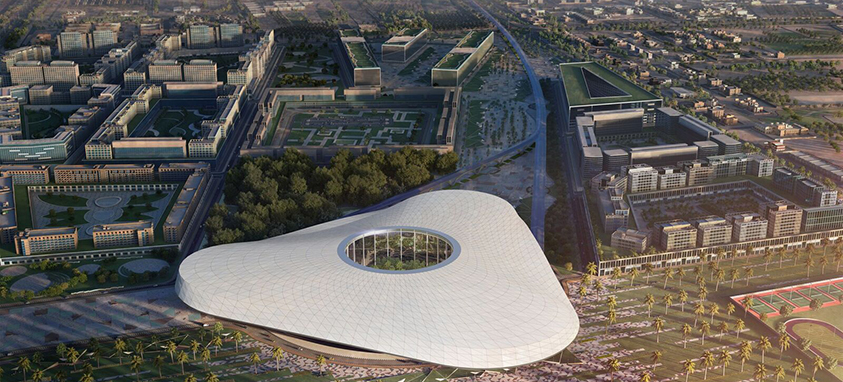
Each of the three major companies has made headlines in the past two months, and have reached a few major benchmarks.
On Sept. 13, Virgin Hyperloop One became the first company to send a representative before the U.S. Congress. Josh Raycroft, director of business strategy, spoke to the Senate Committee on Commerce, Science and Transportation in a hearing called “Transportation of Tomorrow: Emerging Technologies that Will Move America.” While answering senators’ questions, Raycoft acknowledged the current limitations of hyperloops being under the jurisdiction of the Federal Railroad Administration and pushed for the regulatory pipeline to be sped up. He also stated that, at the current pace, hyperloops will be ready for widespread use by the mid-2020s.
As if to emphasize the point, the results of the Missouri feasibility study released on Oct. 17 shined favorably on the proposed route and the economics behind it. Steve Edwards, chairman and CEO of Black & Veatch, the company responsible for the study, said, “We found this project is a case of solid engineering meeting up with Virgin Hyperloop One’s innovative vision to create a network transforming the very concept of community.”
This all took place against a growing political turmoil with Saudi Arabia, however. Following the alleged murder of journalist and The Washington Post columnist Jamal Khashoggi by the Saudi government, Richard Branson severed several business ties with the country, resulting in the proposed hyperloop plan being canceled. A week later, on Oct. 22, Branson announced he would step down from his position as Virgin Hyperloop One’s chairman. The search for a replacement is underway.
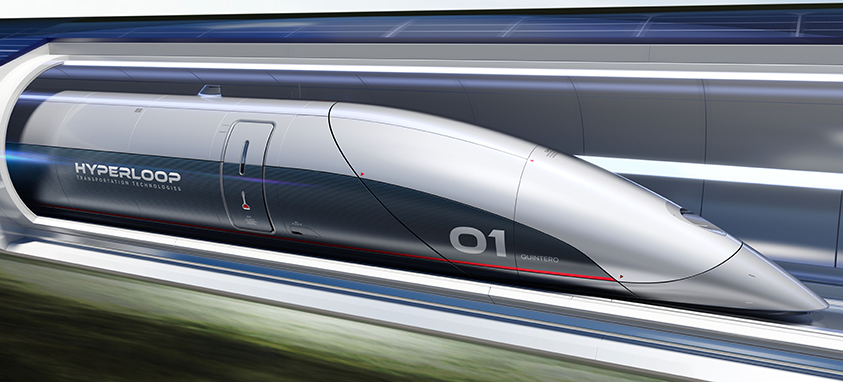
Meanwhile, moving ahead with projects around the globe, and in the United States, HyperloopTT unveiled its first passenger capsule on Oct. 2. Company Co-founder and CEO Dirk Ahlborn marked the occasion, saying, “This capsule will be a part of one of the most efficient transportation systems ever made.” Likewise, on Oct. 24 the company announced a deal to begin construction on a commercial hyperloop in Abu Dhabi in the third quarter of 2019.
Within the United States, however, HyperloopTT has continued working away on a deal with Northeast Ohio Areawide Coordinating Agency (NOACA) to build a route between Chicago and Cleveland. The multistate proposal, known as Great Lakes Hyperloop, is in the midst of a feasibility study of its own due to conclude in 2019.
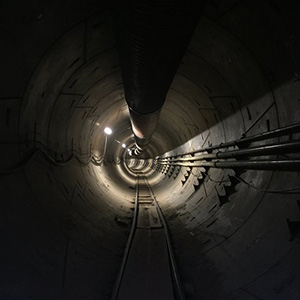
NOACA Executive Director Grace Gallucci explained the deal, saying, “We believe in investing in projects that promote mobility options and improve quality of life. What hyperloop represents to Northeast Ohio and the entire Great Lakes Megaregion is so much more than just speed and efficiency. It opens our region to the rest of the Midwest, connecting us all in a network of technology, resources, people and jobs.”
It is an excitement echoed in the deals The Boring Company has made. But to top it off, Musk took to Twitter and announced on Oct. 22 that the public can look forward to a fully functional prototype system of the company’s high-speed sled in the tunnels dug beneath SpaceX headquarters as soon as Dec 10. Seeing Musk’s new design in practice will tell us a lot about the future of The Boring Company’s contracts.
Where Does That Leave Us?
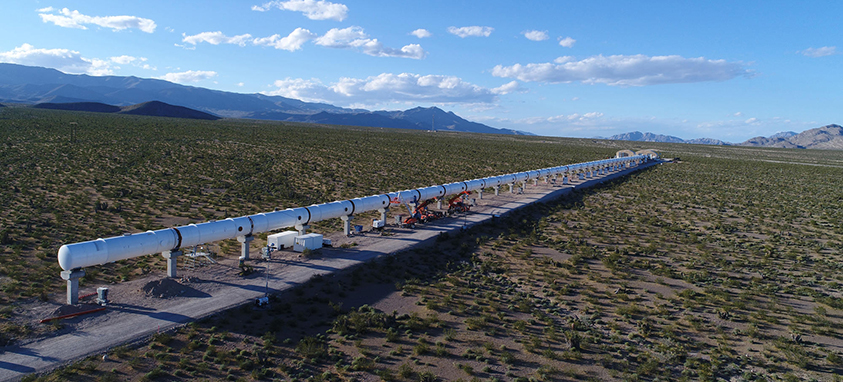
Hyperloops sound like something out of science fiction—probably because they are. And there’s no shortage of detractors and critics, citing everything from logistics to cost as reasons to not buy into the technology. Rather tellingly, the very first response to Musk’s “Opens Dec. 10” tweet is a post of Wile E. Coyote painting a fake tunnel on a cliff face. But none of that means it won’t work.
Some of the best scientists in the world are tackling the question of hyperloops. And while a healthy skepticism of Virgin Hyperloop One’s mid-2020s estimate might be for the best, the progression toward a new form of transportation likely isn’t stopping anytime soon. Whether it is the near-vacuum tubes of Virgin Hyperloop One and HyperloopTT, or the tunnels of The Boring Company, change is coming, and this is still only the start.
